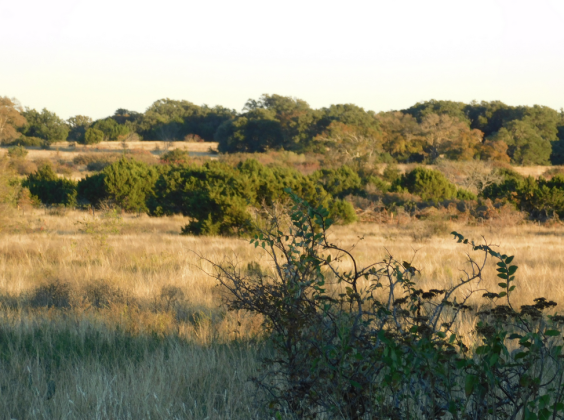National Wildlife Refuge System expands footprint by 9,000 acres
Recent acquisitions by the U.S. Fish and Wildlife Service have added more than 9,000 acres to the public lands managed by the National Wildlife Refuge System in Texas, according to a media release by the entity.
From Columbia bottomlands on the Gulf Coast to grasslands in Central Texas and coastal prairie in the Rio Grande Valley, these newly acquired properties aim to protect habitat for a diversity of wildlife and benefit the public for generations to come.
“Texas is one of the most biodiverse states in the U.S. with tens of thousands of native animal and plant species inhabiting hundreds of different habitat types,” Southwest Regional Director Amy Lueders said in the press release. “Each of our Texas National Wildlife Refuges were established to help safeguard this biodiversity, with a focus on protecting habitat for migratory birds along with listed and at-risk species. Many of them are also places for people to enjoy nature and the outdoors. We are extremely grateful for the partners who assisted with ensuring these properties are protected in perpetuity for the benefit of both wildlife and the public.”
At Balcones Canyonlands National Wildlife Refuge in Central Texas, the Service acquired 441 acres of priority nesting habitat for grassland birds and the black-capped vireo. This addition helps establish a connection between disjunct refuge tracts, creating a 5,000-acre contiguous block of important migratory and songbird habitat, including for the endangered golden-cheeked warbler. This tract also contains unique karst sinkholes, springs, and intermittent stream habitats and supports numerous species of resident birds and other wildlife, such as reptiles, amphibians, and mammals.
Other acquisitions include:
• Laguna Atascosa National Wildlife Refuge in South Texas – expanded by 10 acres an area adjacent to existing refuge lands in Cameron County;
• Trinity River National Wildlife Refuge in Southeast Texas – added more than 42 acres of bottomland hardwood floodplain forest, which features a branching bayou system, depressional wetlands, and hardwood timber;
• Lower Rio Grande Valley National Wildlife Refuge in South Texas – added more than 57 acres of water features and native brush within and adjacent to Tiocano Lake and along the natural floodplain of the Rio Grande;
• Anahuac National Wildlife Refuge on the Gulf Coast – gained more than 191 acres of diverse habitat consisting of brackish marshlands and coastal prairie. Anahuac protects some of the most significant coastal marshlands in Texas;
• Neches River National Wildlife Refuge in East Texas – took possession of more than 3,000 acres of prime habitat for wintering and nesting migratory birds in the area’s ecologically valuable bottomland hardwood forests; and
• San Bernard National Wildlife Refuge on the Gulf Coast – obtained more than 5,635 acres of prime Columbia bottomlands habitat for the benefit of neotropical migratory birds, waterfowl and resident wildlife.


